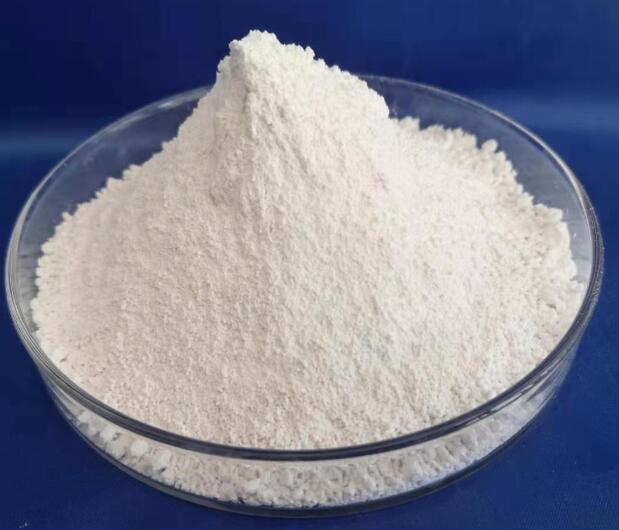Particle size effect: exploring the mystery and optimization strategy of pyrolysis kinetics of micron-sized magnesium hydroxide

Particle size has a significant impact on the pyrolysis kinetics of micron-sized magnesium hydroxide (Mg(OH)_2). Specifically, the particle size can change the specific surface area, pore structure and thermal conductivity of the material. These factors in turn affect the heat transfer and mass transfer efficiency during the pyrolysis process, as well as the kinetics of chemical reactions.
Stage characteristics of pyrolysis reaction: The pyrolysis reaction of micron-sized magnesium hydroxide usually exhibits stage characteristics, especially under non-isothermal conditions. Particles with larger particle sizes may lead to internal diffusion restrictions, making it difficult for pyrolysis products (such as water vapor) to diffuse inside the particles, thereby affecting the overall pyrolysis rate. On the contrary, magnesium hydroxide particles with smaller particle sizes have a larger specific surface area, which is conducive to accelerating the internal and external mass transfer process and may accelerate the pyrolysis reaction.
Pyrolysis rate and conversion rate: Reducing the particle size usually increases the apparent activation energy of the pyrolysis reaction, because smaller particles provide more active sites and accelerate the initial reaction step. This means that under the same pyrolysis conditions, magnesium hydroxide with a small particle size may have a higher pyrolysis rate and conversion rate. However, too small a particle size may also lead to aggregation between particles and form secondary particles, which may hinder the pyrolysis reaction.
Product characteristics: The difference in particle size will also affect the morphology and purity of the pyrolysis products. For example, a larger particle size may result in more unreacted substances remaining in the pyrolysis products, or affect the crystallinity and pore structure of the products, thereby affecting their subsequent application performance.
Kinetic model: When studying the effect of particle size on pyrolysis kinetics, it is often necessary to use different kinetic models (such as Avrami equation, Friedman equation or Ozawa-Flynn-Wall method) to describe the pyrolysis process. These models can help understand How particle size affects the reaction order, activation energy and pre-exponential factor provides insight into pyrolysis behavior.
In summary, particle size is an important factor in regulating the pyrolysis process of micron-sized magnesium hydroxide. By optimizing the particle size distribution, it is possible to better meet the needs of specific applications while ensuring the pyrolysis efficiency and product quality, such as applications in flame retardant materials, catalyst carriers, and other fields.








